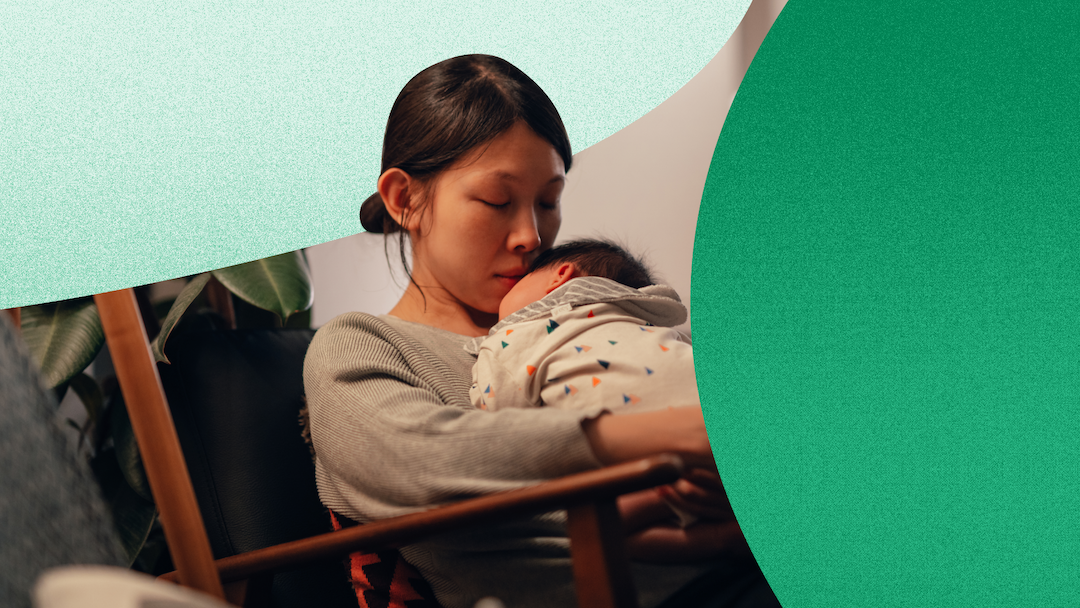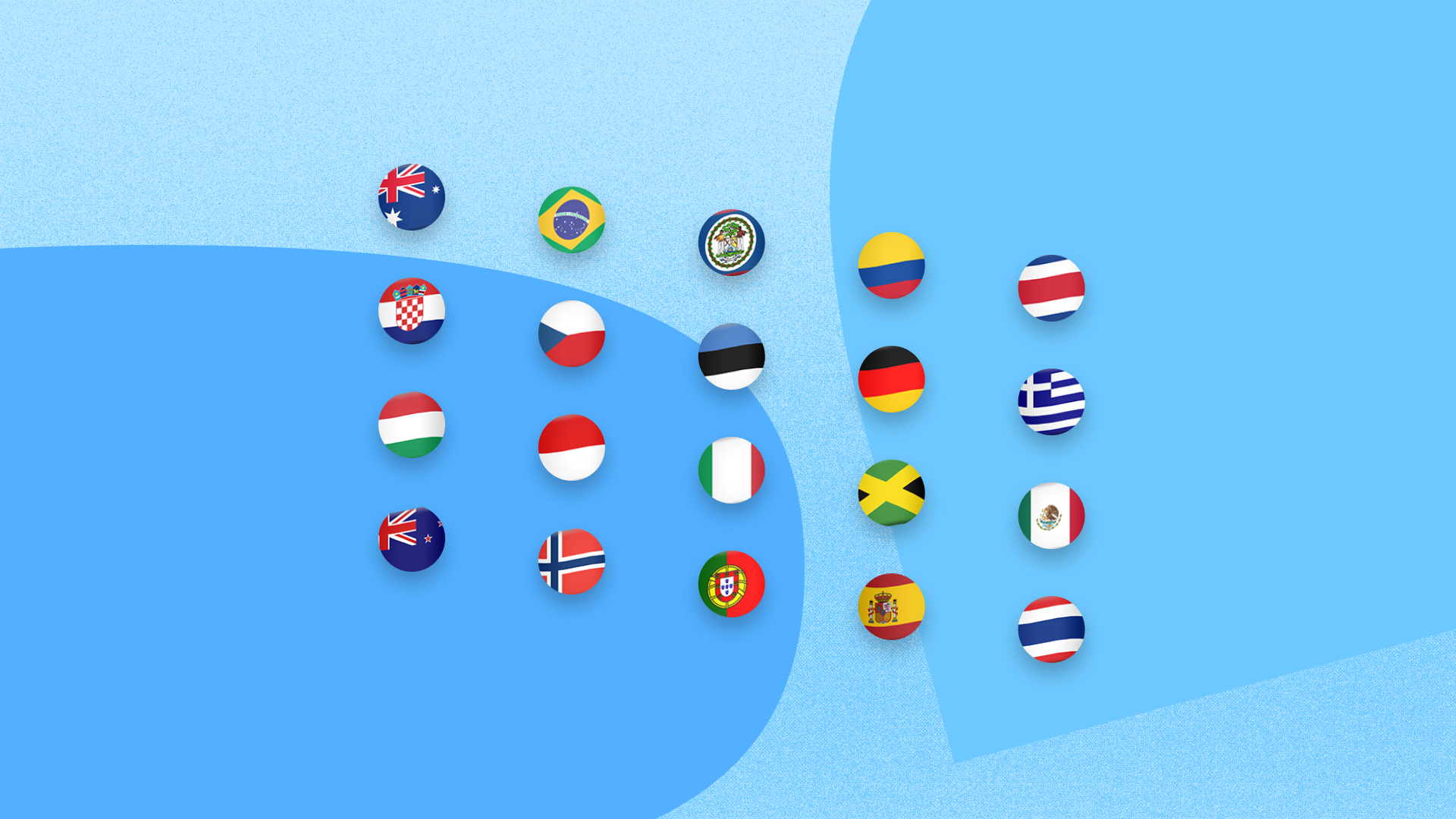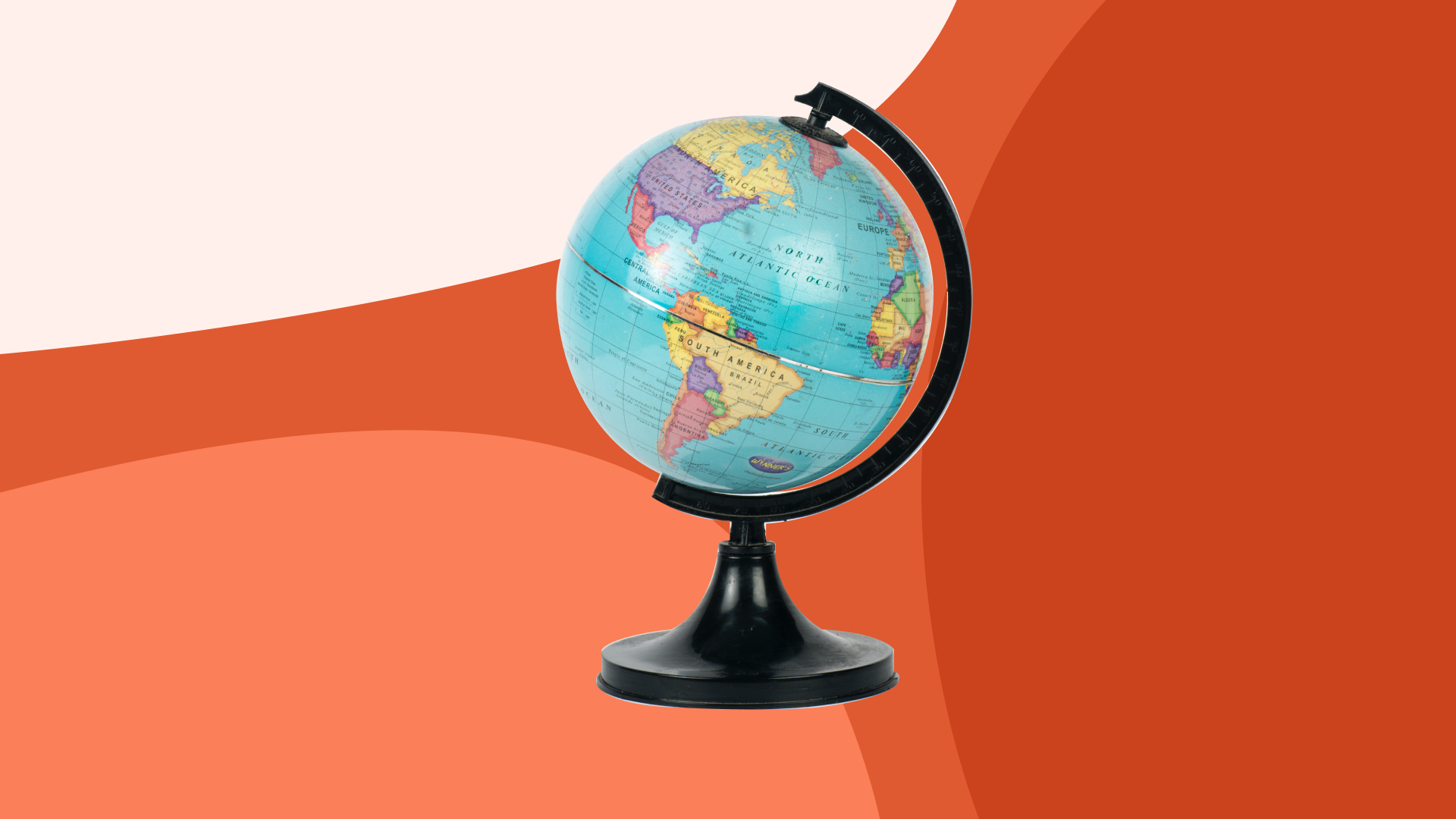Many countries with paid maternity leave offer time off as part of their social security system. However, many employers choose to give additional leave for new mothers.
In most countries, maternity leave is a statutory right mandated by the government. There are only seven countries in the world that do not require maternity leave, and the United States is one of the few countries that does not have federal laws around offering maternity, paternity, or parental leave for the birth of a child, adoption, or foster care.
Maternity, paternity, or parental paid leave is not always 100% paid. Normally, it’s a percentage of the employee's base salary. Most countries outside of the US consider this a given right for employees. Paid leave for the birth of a child or adoption not only gives new parents the ability to bond with their child, but shows employees that their employer values their work-life balance.
Here is a breakdown of countries with maternity leave around the world, how the United States measures up in terms of offering leave, and ways that US employers can provide maternity leave in their compensation and benefits packages.
What countries offer the best maternity leave?
Almost all countries around the world offer some type of maternity leave that new mothers can take. There are 141 countries offering some type of maternity leave, and of those 141 countries, 41 countries offer paid maternity leave.
European countries offer some of the largest amounts of paid time off for new mothers and fathers. In fact, there are a total of eight countries in Europe that offer maternity leave at 100% of the employee's base salary.
Estonia offers the most comprehensive maternity leave packages for employees globally, with over one year of maternity leave. New mothers can take up to 86 weeks off before and after childbirth. 20 of these weeks are paid at 100% of the employee's salary.
Other countries that offer some of the most comprehensive paid maternity leave packages are:
Greece with 43 weeks of paid maternity leave at 63% of the employee's salary
Slovakia with 34 weeks of paid maternity leave at 75% of the employee's salary
Poland with 20 weeks of paid maternity leave at 100% of the employee's salary
Luxembourg with 20 weeks of paid maternity leave at 100% of the employee's salary
Almost all countries around the world offer some type of paid time off for employees following the birth of a child. The United States is one of the only countries that does not measure up globally to the minimum of six weeks of paid maternity leave and the global average of 18 weeks.
Parental leave and paternity leave
In over 20 countries, the majority of paid leave is offered to the mother, with little to no leave offered as either paternity or more general parental leave.
Some countries that offer minimal paternal leave include:
Canada
Israel
Slovakia
Switzerland
Costa Rica
New Zealand
However, 34 of the 41 countries that offer some type of paid maternity leave also have some sort of mandated paid paternity leave or parental leave avaliable.
For instance, in Japan, parental leave is split equally and can be taken by both parents for up to one year. In Portugal, Norway, Luxembourg, and Iceland, either parent can take two months or more of paid leave.
How does the US compare to other countries for maternity leave?
The United States does not have any statutory minimum for maternity leave compared to other countries. A staggering 72% of new moms in the US either work full-time or part-time following childbirth. In fact, over half of all two-parent family households in the US have both parents working full-time.
According to the New York Times, Congress has long considered offering between 4-12 weeks of paid leave following childbirth as a mandatory benefit for employees in the US. However, as of right now, only federal workers are entitled to four weeks of paid maternity leave. Some employers offer a certain number of weeks of unpaid leave, but there is no law that regulates the amount of paid family leave businesses must offer.
Some states have opted to create their own laws regarding mandated leave and offer some sort of maternity or parental leave following childbirth, including:
California
New Jersey
New York
Rhode Island
Washington D.C.
This lack of paid maternity leave raises questions as to why a country considered to be one of the most developed in the world lacks maternity leave compared to the rest of the world.
What are the benefits of paid maternity leave?
Advocates of paid maternity and parental leave policies in the US argue that maternity leave not only encourages bonding and development during the early stages of a child’s life, but also empowers women to participate in the workforce. According to the Washington Post, “Advocates of paid leave argue that it improves the well-being of both parents and babies by enabling parents to take time off while ensuring some job and income protection.”
Many workers in the United States experience some type of anxiety when taking any time off.
This anxiety creates a culture of burnout among employees, while also reinforcing the idea that businesses do not see their employees as having personal lives outside of work.
Most importantly, not recognizing one of the most significant times in a new parent’s life, the birth of a child, makes it hard for workers to feel valued and appreciated by their employers. This creates less incentive for employees to perform optimally or show loyalty, especially if they are required to find child care immediately following childbirth.
How can US businesses implement maternity leave?
Instead of waiting for the United States government to change policies surrounding maternity and parental leave, employers can show incentive by offering their own maternity and parental leave in employee benefit packages, and potentially even follow international trends for leave.
The main step in creating these benefit packages is to research maternity and parental leave in other countries or states, and particularly any state or local requirements where your employees live. What is the standard amount of maternity leave among companies your company competes with for talent? How does maternity and parental leave factor into employee work ethic?
Looking to other countries that already have these policies as part of their standard practice can help your HR team craft strong employee compensation and benefit packages.
By implementing what is already the standard practice in other countries for maternity and parental leave, businesses have the opportunity to be ahead of some of the more slow-moving policies in the United States. This will make your company stand out as one that both values their employees' work-life balance, as well as garner interest from top talent.
How Justworks Provides International EOR Services for Small Business
Through Justworks EOR, you can now expand the boundaries of your talent search without setting up a local entity. Focus on building your team, and leave worrying about the nitty-gritty of HR and international compliance to us.
Our team of local labor lawyers and experts ensure that your small business always remains compliant while expanding internationally. We handle the responsibility side of things so you can focus on what matters: managing your team.
Learn more about how you can expand your international business through Justworks, and get started today.
FAQ
What country has the best paid maternity leave?
The country that has the best paid maternity leave is Estonia, in terms of time off and the amount of the employee’s salary that is paid. Some other countries with great maternity leave benefits include Greece, Slovakia, Japan, and Luxembourg.
How many countries have paid maternity leave?
There are 41 countries that offer paid maternity leave and 141 countries that offer some type of maternity leave.
Which countries do not have paid maternity leave?
There are only seven countries that do not require employers to offer paid maternity leave. Some of these countries include the United States, Papua New Guinea, and some countries in the Pacific Islands.
Which country has the shortest maternity leave?
The US and Papua New Guinea rank the lowest for maternity leave with both countries not having a statutory minimum set for maternity leave.
Learn more with Justworks’ Resources
Scale your business and build your team — no matter which way it grows. Access the tools, perks, and resources to help you stay compliant and grow in all 50 states.






